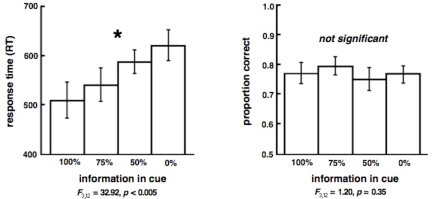PandO DB - SFGH Pain and OB Patients Database Application
The Pain and Obestetric Anesthesia Database (PandO DB) is a project of the Dept. of Anesthesia at SFGH to facilitate the management of block patients, pain patients and laboring patients at SFGH.
At SFGH we perform up to 50 regional anesthesia cases per week, both single shot and continuous nerve blocks. Additionally, we place epidural catheters for surgical as well as for laboring patients. All these cases patients need proper documentation and follow up.
What’s challenging about this is that the patients are seen by several different anesthesia providers. Our shift changes twice every day, and the patients are seen by different attendings and residents.
We are currently keeping track of the patients and the interventions by using multiple paper forms. It is difficult to ensure that all the relevant information is passed on, and that the anesthesia residents have access to the relevant information when they are paged. Additionally, we face potential PHI issues with paper notes, and we cannot analyze the data for quality assurance.
Aims
- Replace current pain & OB cards to avoid PHI problems and improve i
- Collect data for quality assurance
- Facilitate follow-up by OB/Pain service and for in-house single-shot blocks
- Optimize handover between providers
- Replace current pain service forms
- Hold all relevant data in terms of medical information, legal information and billing
- Collect data to allow comparison with national and international pain benchmarks
- Physically based on a secure server (HIPAA compliant) with regular backups and high availability
- Web-based user interface, scalable for mobile devices (e.g. iPad, iPhone) and PCs
- Compliant with HIPAA, JCHO, Pharmacy policies, MERP requirements
- Allow export for further analysis
- User authentication
Requirements
- Physically based on a secure server (HIPAA compliant) with regular backups and high availability
- Web-based user interface, scalable for mobile devices (e.g. iPad, iPhone) and PCs
- Compliant with HIPAA, JCHO, Pharmacy policies, MERP requirements
- Allow export for further analysis
- User authentication
- Optional: Interface to hospital databases to query patient data and store notes.
Deliverables
Web application, hosted on a secure server, that is accessible with both desktop computers and mobile devices (automatic scaling).
Impact on UCSF's mission and/or community
- Improved patient safety and patient care
- Improvement in inter-provider communication
- Improvement in workflow
- Increased protection of sensitive patient data
- Generates data for quality assurance and potentially research
List of team members and their roles
- Oliver C. Radke, MD, PhD, DEAA. Faculty at the Dept. of Anesthesia & Perioperative Care, San Francisco General Hospital: Conceptual design, UI design, Testing, Project coordination
- Katja Radke, MD, PhD, DEAA. Faculty at the Dept. of Anesthesia & Perioperative Care, San Francisco General Hospital: Conceptual design, Testing
- Jacobsen, Adam. Programmer/Analyst, Dept. of Anesthesia & Perioperative Care, UCSF: Database setup, Programming, Testing
- Spinner, Jon. Programmer/Analyst, Dept. of Anesthesia & Perioperative Care, UCSF: Database setup, Programming, Testing
- Dispensa, Brad. Programmer/Analyst, Supervisor, Dept. of Anesthesia & Perioperative Care, UCSF: Project coordination
Estimated time devoted by each team member
- Oliver Radke: 2 work weeks + testing during clinical time
- Katja Radke: 2 work days + testing during clinical time
- Jacobsen, Adam. Programmer/Analyst, Dept. of Anesthesia & Perioperative Care, UCSF: Database setup, Programming, Testing
- Spinner, Jon. Programmer/Analyst, Dept. of Anesthesia & Perioperative Care, UCSF: Database setup, Programming, Testing
- Dispensa, Brad. Programmer/Analyst, Supervisor, Dept. of Anesthesia & Perioperative Care, UCSF: Project coordination
Commenting is closed.




Comments
We have developed a spine
I'd assume that your database
The application is fairly
The complexity increases
Enrique, thank you for your